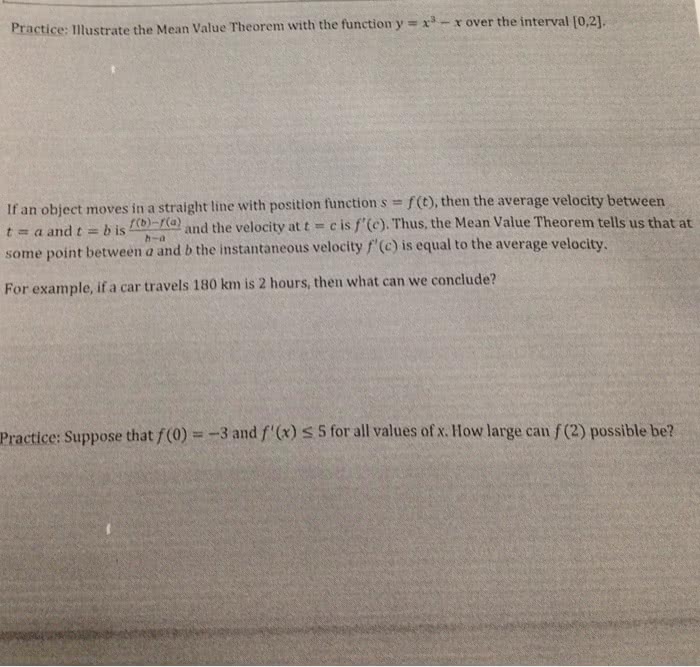Kinesiology 2241A/B Lecture 17: FORCE AND MOTION (17)
Document Summary
If you measure the position of an object at two different times, then the average velocity is: t=time s=speed. If we take s1 and s2 so close together that they are infinitesimally close together, then we lose no information: this is instantaneous velocity, tells us how fast she is going at a certain moment. Looking at the speed of a runner in a 100 meter sprint. If you take the average speed over too long a time interval, then you miss the acceleration and deceleration features. Cyclic velocity: when the activity is cycling, i. e. a pattern of motion is repeated, such as walking, running, swimming, then we find average velocity as follows: Average v= distance per cycle x (# cycles / minute: example: running. Average v= stride length x (#strides / minute: example: swimming. Average v= distance per stroke x (#strokes / minute: remember: you have no information about the stroke or stride itself.





